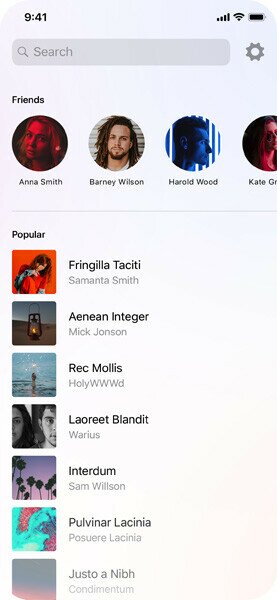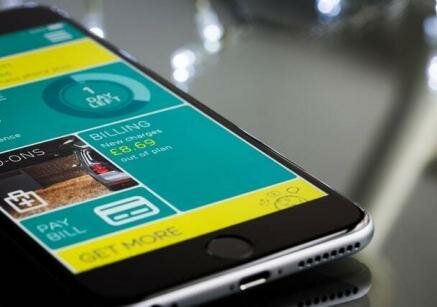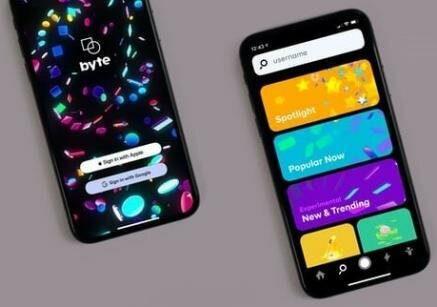






IoT app creation is the process of creating IoT applications or devices that integrate sensor data with machine learning technology and predictive analytics to create the smart and adaptive user experience.
The cost of designing IoT apps depends primarily on the sophistication of the device. That is calculated based on the number of enhancements applied to the IoT device solution. For a basic IoT app with restricted system communication choices and minimal functionality, the cost is about $30-40k.
A robust software, on the other hand, comes with sophisticated functions such as transfers, geolocation, system synchronization, data protection, and a host of other high-end applications. The cost of this software is about $50-80k.
During the design analysis process, we estimate the complexity and scalability needed by the project. Our IoT gateway technologies can be sized horizontally or vertically, depending on the requirements.
Horizontal scaling means connecting additional gateways to the current network. These gateways may be interconnected through a common contact bus without disrupting the current gateway network.
Vertical scaling means adding more services to the gateway, such as memory, system applications, Kernel, hardware, and API.
The method of creating IoT apps consists of four major phases:
- Picking the equipment.
- Choose consolidated data storage.
- Developing data-handling algorithms on the server-side.
- Build the front end.
Some of the most common IoT products used worldwide include Google Home, Amazon Dash Button, Amazon Alexa, August Smart Lock, August Doorbell Cam, Belkin WeMo Smart Light Switch, Kuri Mobile Robot, and Philips Hue Bulbs & Lighting System.
Yes. We’re creating applications for all Android-powered smartphones. Our apps feature a powerful UX / UI that runs smoothly across all platforms. If you want to create an app for mobile phones only or want to build an app that runs on all Android apps, we’re at your side.
A well-designed IoT solution can increase market profit margins. This can be accomplished by lowering operating costs, delivering excellent customer support, creating new revenue sources (by offering add-on services), and reducing system failures.
Organizations that have implemented the IoT architecture in the right context have shown increases in organizational performance and ROI.
Including IoT-enabled solar energy trackers, corporate battery management solutions using predictive monitoring, and IoT-enabled factory automation, IoT-enabled factory use cases are plentiful.
We anticipate all failure situations and offers adaptive failure solutions. For example, when the gateway connection is broken, the data may be stored temporarily in the memory of the computer or on the disk. All temporary data will be migrated to the cloud as soon as the system connection is restored.
We strongly respect our customer’s initiatives and make sure the whole network is stable. We use a trusted platform module (TPM) and a trustworthy execution environment (TEE) to ensure hardware security at the IoT gateway.
TPM is a data encryption chip that can be placed at the endpoint. The TEE provides an SDK, a kernel, and a trusted OS that performs security tests along with the regular OS.
The possibilities of linking a device/machine to an advanced IoT network are infinite.
The company can connect HVAC System, Energy Delivery Network (Smart Grids), Biometric System, Warning System, Fire Control, Alarms, Actuators, etc. to the system.
We do not store the data obtained from the IoT portal on its servers. We configure the servers for each of our clients and store the data obtained on the specified servers. The servers may be installed either on the client-side or the 3rd party cloud network selected by the company.
We may store the data either in the SQL database or in the NoSQL database based on the requirement.
We are not directly involved in the development of IoT gateways. We collaborate with regional and international market organizations as IoT hardware and device design partners. Our key focus is to help our customers develop personalized IoT (gateway) solutions that are consistent with their long-term market objectives.
We hold IoT architecture seminars with our IoT experts to help our customers evaluate their needs and prepare personalized and cost-effective architectural projects.
Yeah, we will code a universal remote app that can be used to monitor all electronic equipment, including your TV, refrigerator, microwave, AC, and other equipment. We ‘re an expert in building IoT enabled apps.
We are versatile in adopting the best strategy, based on project specifications and scope, and in most situations, we work on Agile and Waterfall Methodologies. Following the Agile process, we can easily meet your change requests at any point in production. In the Waterfall approach, everything is set from scratch and we are designing the product in a designed way.
We delegate our best project managers to non-technical customers to help them appreciate the whole production process at all stages;
- Prerequisite for app development
The app concept is the most important thing you need to build a smartphone app.
- Analyzing and strategizing
Such concepts are then evaluated in the context of company conditions, consumer demands, target markets, etc., to strategize the production process.
- Designing
We bear in mind the above factors in deciding the functionality, UI, and UX architecture of mobile applications.
- Development
After we have completed the architecture portion, we will continue to coding and build the final product following the software development strategy.
- Client approval
When we have created the finished product, we will give it to the consumer for approval.
- Testing
Upon approval, the finished product must be reviewed to correct any technical errors and ensure its proper working.




















